Related Research Articles
Strong Poison is a 1930 mystery novel by Dorothy L. Sayers, her fifth featuring Lord Peter Wimsey and the first in which Harriet Vane appears.
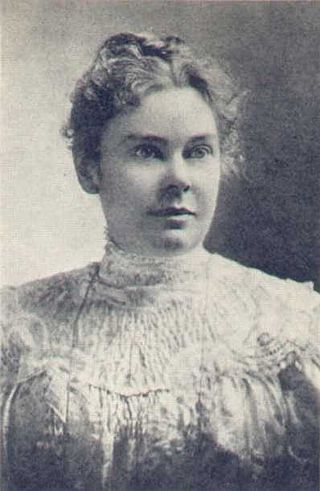
Lizzie Andrew Borden was an American woman who was tried and acquitted of the August 4, 1892, axe murders of her father and stepmother in Fall River, Massachusetts. No one else was charged in the murders, and despite ostracism from other residents, Borden spent the remainder of her life in Fall River. She died of pneumonia at age 66, just days before the death of her older sister, Emma.

Jane Elizabeth Lathrop Stanford was an American philanthropist and co-founder of Stanford University in 1885, along with her husband, Leland Stanford, in memory of their only child, Leland Stanford Jr., who died of typhoid fever at age 15 in 1884. After her husband's death in 1893, she funded and operated the university almost single-handedly until her unsolved murder by strychnine poisoning in 1905.

Thomas Neill Cream, also known as the Lambeth Poisoner, was a Scottish-Canadian medical doctor and serial killer who poisoned his victims with strychnine. He murdered up to 10 people in three countries, targeting mostly lower-class women, prostitutes and pregnant women seeking abortions. He was convicted and sentenced to death, and was hanged on 15 November 1892.

William Palmer, also known as the Rugeley Poisoner or the Prince of Poisoners, was an English doctor found guilty of murder in one of the most notorious cases of the 19th century. Charles Dickens called Palmer "the greatest villain that ever stood in the Old Bailey".
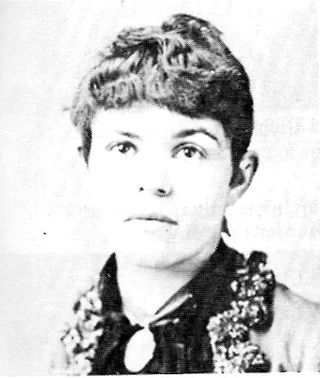
The Pimlico Mystery or the Pimlico Poisoning Mystery is the name given to the circumstances surrounding the 1886 death of Thomas Edwin Bartlett, possibly at the hands of his wife, Adelaide Blanche Bartlett, in the Pimlico district of London. A fatal quantity of chloroform was found in Mr Bartlett's stomach, despite having not caused any damage to his throat or windpipe, and no evidence of how it got there. Adelaide Bartlett was tried for her husband's murder and was acquitted. By the jury's own statement in court Mrs Bartlett's acquittal was partly secured because the prosecution could not prove how Mrs Bartlett could have committed the crime.

Daisy Louisa C. de Melker simply known as Daisy de Melker, was a South African nurse who poisoned two husbands with strychnine for their life insurance money; she also poisoned her only son with arsenic for reasons which are still unclear. De Melker is the second woman to have been hanged in South African criminal history.

Police at the Funeral is a crime novel by Margery Allingham, first published in October 1931, in the United Kingdom by Heinemann, London and in 1932 in the United States by Doubleday, Doran, New York. It is the fourth novel with the mysterious Albert Campion, aided as usual by his butler/valet/bodyguard Magersfontein Lugg and his policeman friend Stanislaus Oates.
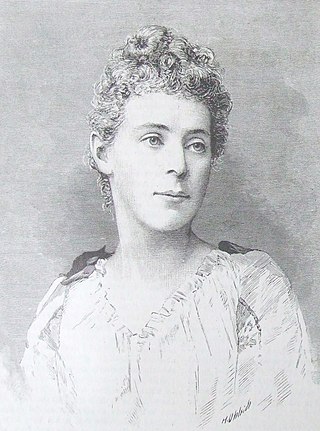
Florence Elizabeth Chandler Maybrick was an American woman convicted in the United Kingdom of murdering her husband, cotton merchant James Maybrick.

Strychnine poisoning can be fatal to humans and other animals and can occur by inhalation, swallowing or absorption through eyes or mouth. It produces some of the most dramatic and painful symptoms of any known toxic reaction, making it quite noticeable and a common choice for assassinations and poison attacks. For this reason, strychnine poisoning is often portrayed in literature and film, such as the murder mysteries written by Agatha Christie.
Philip Cross from Shandy Hall, Dripsey, County Cork, Ireland, was a physician convicted and hanged for the murder of his wife after an affair with his children's governess. The case was known in the late 19th century as "the Coachford Poisoning Case" as the house was on the road between the adjacent villages of Dripsey and Coachford.
Mary Ann Britland was an English serial killer. She was the first woman to be executed by hanging at Strangeways Prison in Manchester by James Berry.
Ann Bilansky was an American housewife convicted in 1859 of poisoning her husband with arsenic. She is the only woman in Minnesota to receive the death penalty and the first white person in the state to be executed by hanging.

Pink String and Sealing Wax is a 1945 British drama film directed by Robert Hamer and starring Mervyn Johns. It is based on a play with the same name by Roland Pertwee. It was the first feature film Robert Hamer directed on his own.
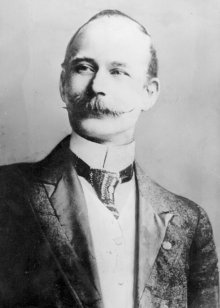
Frederick Henry Seddon was a British murderer hanged in 1912 for the arsenic poisoning murder of his lodger Eliza Mary Barrow.

On 17 June 1919, Mabel Greenwood (née Bowater) died in the company of her husband Harold Greenwood an English solicitor. Greenwood was accused and acquitted of murdering his wife by arsenic poisoning. He was tried at Carmarthen Assizes in 1920 and defended by Edward Marshall Hall; his case is a rare example of a legal professional being charged with murder.
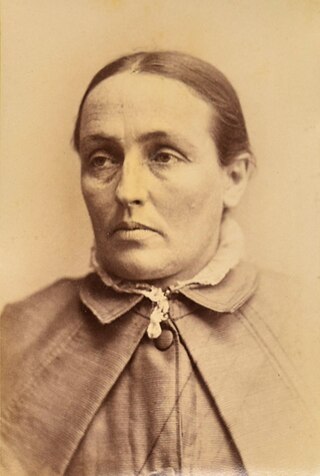
Louisa Collins 11 August 1847 – 8 January 1889) was an Australian convicted murderer. She lived in the Sydney suburb of Botany and married twice, with both husbands dying of arsenic poisoning under suspicious circumstances. Collins was tried for murder on four separate occasions, with the first three juries failing to reach a verdict. At the fourth trial the jury delivered a guilty verdict for the murder of her second husband and she was sentenced to death. Louisa Collins was hanged at Darlinghurst Gaol on the morning of 8 January 1889. She was the first woman hanged in Sydney and the last woman to be executed in New South Wales.

Walter Stanley Haines was an American professor of chemistry, materia medica, and toxicology. He taught at Rush Medical College in Chicago for almost 50 years, and was acclaimed for his teaching. With Frederick Peterson, he published a comprehensive guide to medicine and the law, A Textbook on Legal Medicine and Toxicology, which went through many editions.
Ethel Lillie Major was a British murderer. She was the only woman to be hanged at Hull Prison. She was known as the Corned Beef Killer.

Houston Roberts was an American murderer and suspected serial killer who was convicted for poisoning his two granddaughters in 1949, one fatally, but later confessed that he was also responsible for killing two of his wives in 1931 and 1933. He was never prosecuted for the former murders, but was sentenced to death for his granddaughter's murder and subsequently executed in 1951, despite recanting his confession and claiming that he was innocent.
References
- ↑ Nicola Gwyer (13 January 2018). ""The 25 people executed in Cambridge since 1802". Cambridge News.
- ↑ "Walter Horsford and the case of the St Neots poisoning". St Neots Museum. 5 June 2017.
- ↑ "Sinners". The Little Book of Cambridgeshire. The History Press. 2018. ISBN 9780750990158.
- 1 2 3 4 "The Great Trials of History - The Trial of Walter Horsford". The Butte Miner. 30 October 1914. p. 4.
- ↑ John Buckingham (2007). Bitter Nemesis: The Intimate History of Strychnine. CRC Press. p. 254. ISBN 9781420053159.
- 1 2 "St Neots Tragedy". Lloyd's Weekly Newspaper . 30 January 1898. p. 13.
- 1 2 3 "The St Neots Poisoner". The Ipswich Journal. 1 July 1898. p. 5.
- ↑ "The murders by Walter Horsford". The Guardian . 30 June 1898. p. 12.